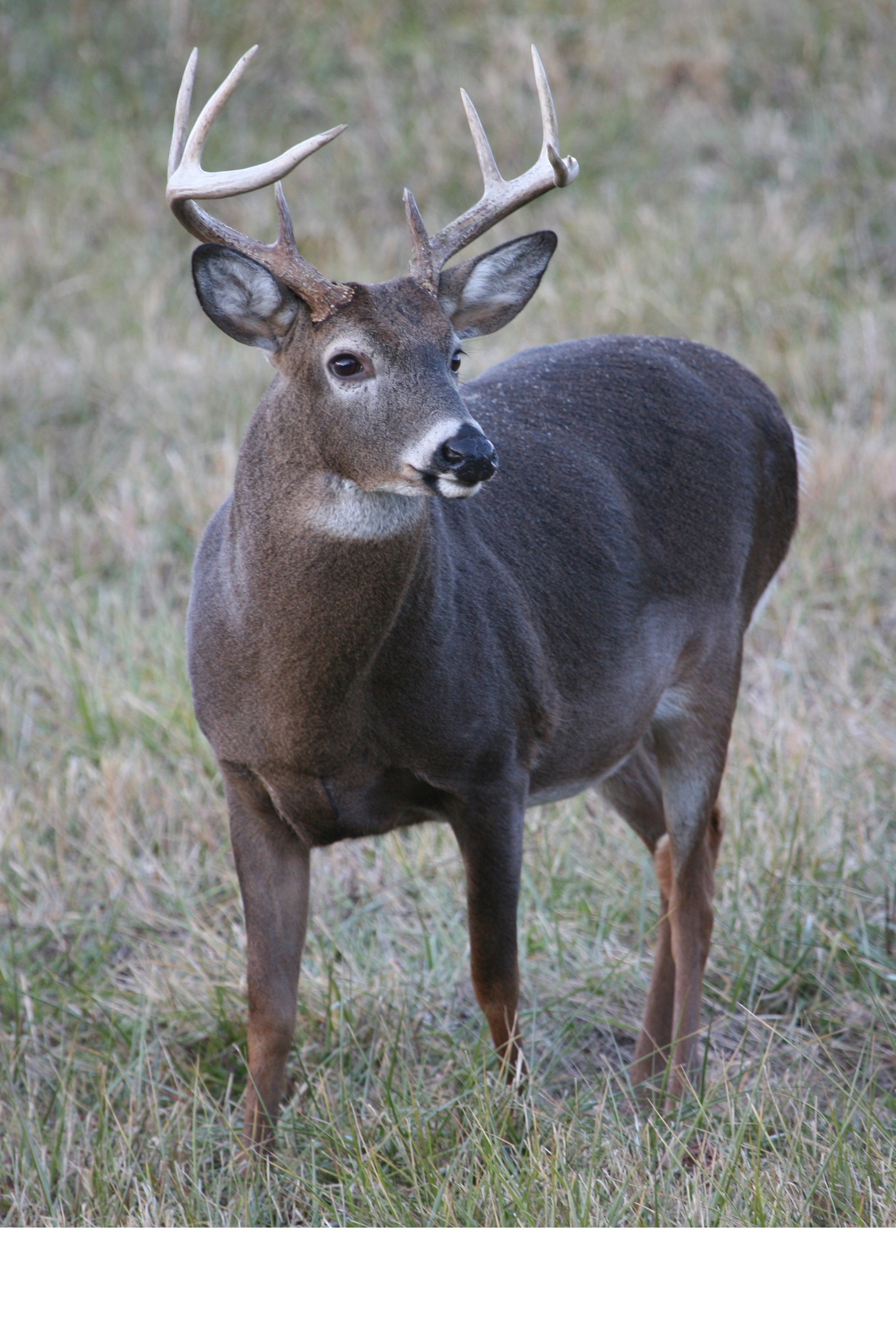Black Mountain's Past
memories of Thanksgiving and deer season from the scenic Great Craggy Range
Wendell Begley
Guest contributor
The Valley Echo
November 22, 2023
My view looks southeast from Craggy Knob across White Oak Flats (4,532’ el/immediate ridgeline) to Black Mountain, six miles in the distance. The Blue Ridge and Swannanoa Mountains (Swannanoa Rim) are seen on the distant horizon. Photo by Wendell Begley
With the opening of “deer season” Monday morning, Nov. 20, I am reminded of Thanksgivings past and youthful times spent on the Great Craggy Range, and a special place on the Swannanoa Rim called “The Flats.”
Remembering the deer hunts of yesteryear, my old hunting pals and the legacy of North Fork’s once famous hunting grounds all yield a long memory for a place called “White Oak Flats”.
An ol’ buck I photographed in 2008 near the confluence of Laurel Branch and the North Fork of the Swannanoa River. Photo by Wendell Begley
Thanksgiving memories go back to the 1960s and my “growing up” years. A time of anxious anticipation counting down the days before school was out and Thanksgiving holidays began. As for me and my hunting buddies, the fall break represented a time for adventure, good fellowship and of course the excitement of deer hunting. Those memorable times were spent roaming the trail-less backwoods of the Craggys, Broad River’s Upper Rock Creek and Ridgecrest’s Buck Flats, to name a few. To us boys, Thanksgiving ushered in the traditional, long awaited opening week of chasing the whitetails.
I recall many “thigh burning” climbs up North Fork’s Laurel Branch and Brushy Ridge before daylight, frozen breath fading in the thick morning air, crunchy leaves underfoot and the awakening sounds of predawn. Ah, for the thrill of it all.
One unforgettable trip was a 1966 Thanksgiving when hunting friends, Ted Wheeler, Ronnie Brandon, and I took “two bucks” high on Craggys distant ridgeline. Yes, how it warms the spirit to look back to such cherished times!
A well-known group of local deer hunters from 1960, from top, left to right: Bob Glenn, Dick Stone, Harry Garland, Maggie Austin, Dr. Brake, and Clarence Pegg. Photo courtesy of Wendell Begley
Generations of “Valley Men Folk” have enjoyed the harmonious passion of the traditional Thanksgiving deer hunt. For the purist, matching wits with the wary whitetail has changed little since the days of the ole’ flintlock and black powder. Pursuing the whitetail is a lesson on the basics of hunting. Most importantly, you must be acutely familiar with the backcountry, knowing the buck’s movements in early morning and evening, and finally a keen knowledge regarding the location of the largest and most bountiful nut bearing white oaks, a favorite food staple of the whitetail. Voila, “White Oak Flats.”
According to tradition, my old friend T. L. “Tom” Burnett (1914-1993), grandson to North Fork’s Marcus Lafayette “Fate” Burnett (1844-1933), reminded me many years ago the whereabouts of a discrete place where his ancestors hunted for the wariest of North Fork bucks. It was a remote “near flat” ridgeline high on the Craggys at the head of North Fork’s Laurel Branch (today’s Laurel Ridge Development). Before the Civil War and timber harvesting on the “Fork,” Tom described this place as having the “biggest white oaks” that consistently produced a bumper crop of acorns. He said it was his ancestor’s most celebrated hunting grounds for Thanksgiving venison. Tom’s father, Fred M. Burnett, Sr. (1882-1961), author of This Was My Valley, often wrote about the once famous “Flats” in his 1960 book.
T.L “Tom” Burnett. Photo courtesy of Wendell Begley
Marcus Lafayette “Fate” Burnett. Photo courtesy of Wendell Begley
As a young boy, I made many a sweaty trip to the Flats for Thanksgiving venison. In my youth, the adventure began behind Ms. Effie Riddle Burnett’s (1897-1992) home near the present-day entrance to the Laurel Ridge Community. In later years, Thanksgiving deer hunts originated in the upper Cane River wilderness near the Swannanoa Rim, below my small log cabin (elevation of 6,500 feet) on the crest of the Black Mountains. I hunted out of my cabin for approximately 30 years (1975-2005), many in “Thanksgiving snow.” As fate would have it, my hunting cabin, high on the Blacks, overlooks White Oak Flats on the distant Craggy Range. To this day, these two celebrated locations hold treasured memories of the traditional Thanksgiving deer hunt and good friends.
I took this picture of Laurel Branch in a November past. When I was in my early teens and beginning to deer hunt, this very branch served as my compass in the dim light of morning and darkness of evening. As fate would have it, all of Laurel Branch, including the Flats (1,170 acres), was once owned by Dad’s cousin, Thomas Elijah “Lige” Begley, Sr. (1904-1958), a well-known bear hunter. Lige’s bear hunting buddies notoriously called this old hunting shack, pictured below and razed a few years ago, bordering Laurel Ridge, the “Begley Bear Camp.” I passed by this old shack scores of times in my teens on the way to the Flats.
This photo (below) of my 1975 Hunting Cabin dates back to the Thanksgiving holidays of 1980 and an early snowstorm that hit the Black Mountain range. My long-time tag-along companion, Cheyenne (now departed), shared many hiking experiences with me up the Laurel Branch. This picture of her was taken on the steps of my “Ol’ Hunting Cabin” on the Crest of the Black Mountain Range in 2006.
All in view of Thanksgiving’s “White Oak Flats!”
Black Mountain Savings Bank
P.O. Box 729 • 200 East State Street • Black Mountain, NC 28711 • 1.828.669.7991
“We are One of America's Oldest FDIC Insured Banks, Specializing in Home Loans and Savings Deposits in the Valley for Over 100 Years."”
Copyright: M. Wendell Begley, series 860, VE2, November 22, 2023











